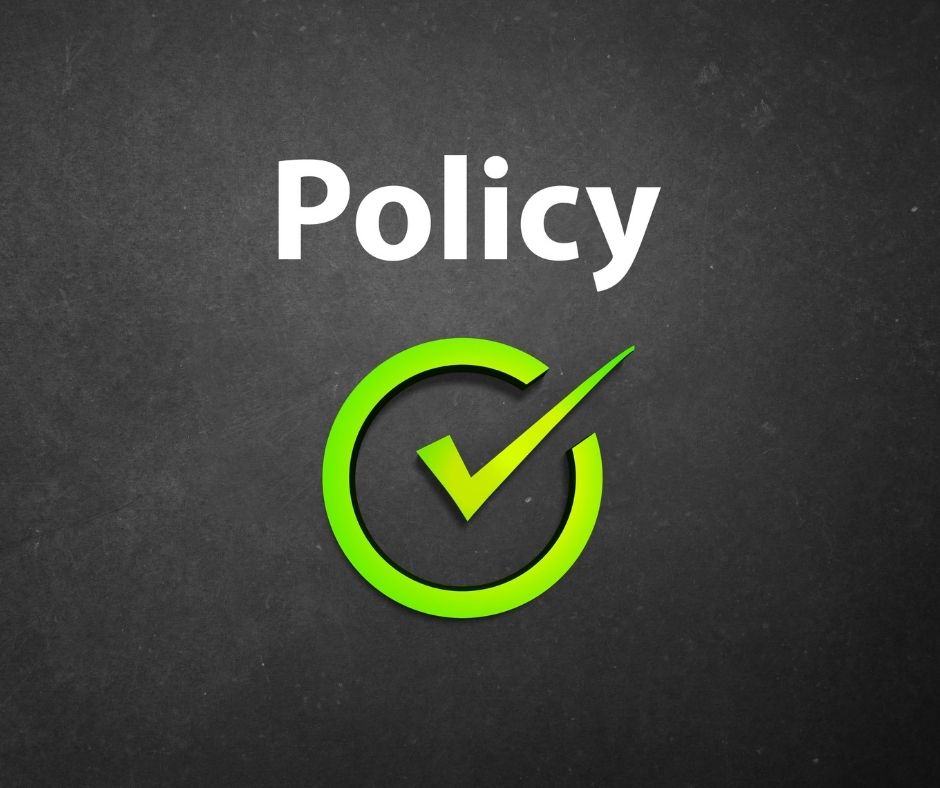living benefits life insurance key terms
definition living benefits life insurance

An alternative to this option is the "critical illness riders," which allow you to access your death insurance if you have a specific disease or ailment.
Long-term care benefits. A long-term-care gift can be added to your permanent insurance policy. It allows you to tap into your death benefit to pay long-term expenses that your medical insurance doesn't cover. The amount that you use for long-term benefits reduces your death benefit. It is a valuable benefit to have as a living benefit considering that 70% of people who turn 65 today will need long-term assistance.
Before you can claim the residing benefit, it may be necessary that your policy is in force for an extended period.



